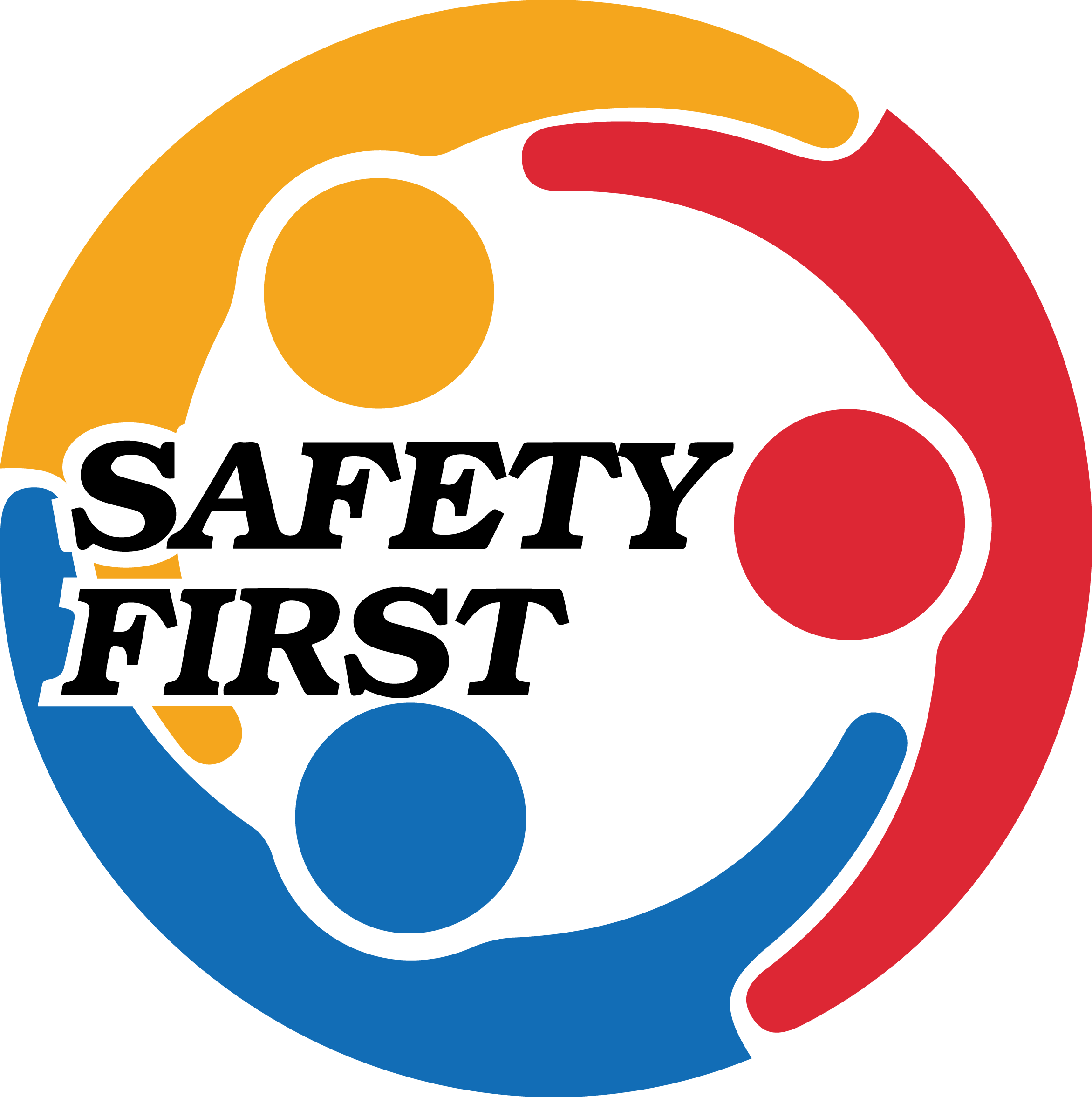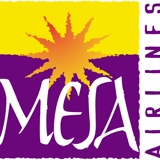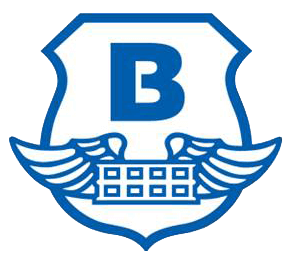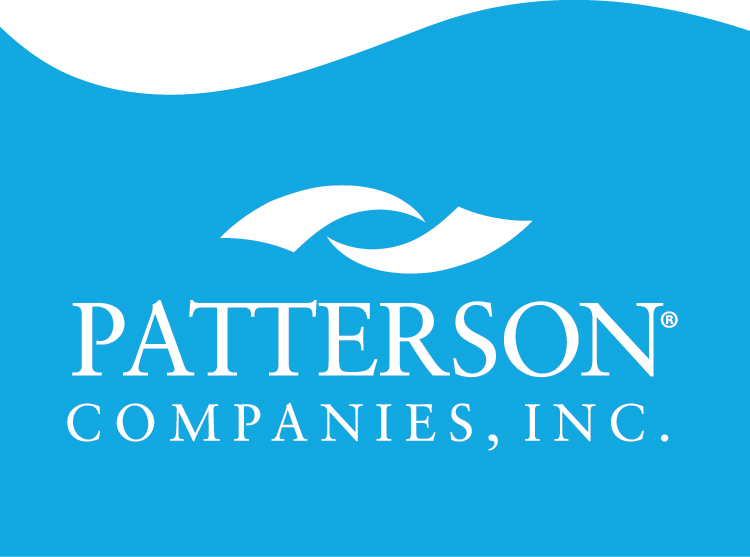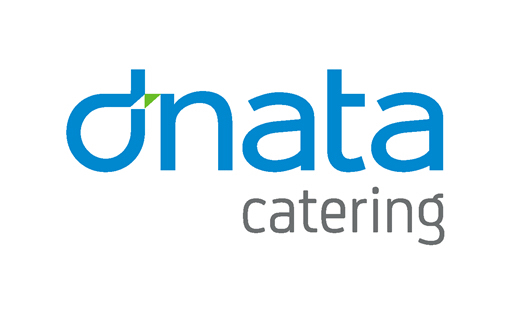Title Page
-
Site conducted
-
Conducted on
-
Service Center Manager Name
Inspection Items
Area: Office
-
The OSHA binder that contains Daylight’s OSHA Safety Programs is in the Service Center Manager’s office.
-
Is the electric days injury free board on?
-
Please write the number of days the Service Center/Facility has gone injury free.
-
Is there emergency information posted around the office? (Facility Evacuation Point)
-
Are stairwells & walkways kept clear from boxes & clutter? There must be 36 inches width kept in paths of egress.
-
Are the stairs and handrails in good condition?
-
Are doorways & exits kept clear from obstacles and clutter?
-
Are floors free of slip, trip and fall hazards?
-
Are stepladders available for easy access to high storage areas and overhead bins?
-
Are file cabinets kept closed when not in use to prevent contusions and/or trip/fall injuries?
-
Are coffee makers & water dispensers positioned securely to avoid scalds and/or slip/fall injuries?
-
Are all kitchen appliances positioned/stacked safely?
-
Are storage rooms and recycling areas neatly maintained?
-
Are kitchen/break room areas clean & free from slip/fall hazards?
-
Are all ceiling tiles in place and in good condition?
-
No hazardous materials are being stored in office spaces?
-
Are exit routes (means of egress) visibly marked and easily accessible?
-
Is there enough clearance beneath desks to duck, cover and hold in the event of an earthquake?
-
Are fire extinguishers mounted, inspected, and unobstructed ( have 36" clearance)?
-
Are materials stored at least 1½ feet below sprinkler heads or 2 feet below ceilings where no sprinkler system exists?
-
Are disinfecting supplies and hand sanitizer made available and easily accessible?
-
Is there adequate lighting throughout the office areas?
-
Are any light bulbs dim or burnt out?
-
Are plugs, cords, electrical panels & receptacles in good condition (no exposed conductors or broken insulation)?
-
Are extension cords & surge suppressors being used correctly and not posing safety hazards? • They must not run beneath carpet or across door entrances/walkways.<br>• They must not be linked together nor have additional<br>outlets installed.<br>• Extension cords are only used for temporary power. <br>
-
Are electrical panels easily accessible with a clearance of at least 36 inches on each side?
-
Are electrical panels kept closed when not in use?
-
Are lamps & light fixtures clear of drapes, papers and other combustible materials?
-
Are restrooms and lunch facilities clean?
-
Is the first aid kit stocked and in an area of accessibility?
Area: Dock
-
Is general housekeeping maintained?
-
Are general dock floors swept daily?
-
Are floors washed regularly?
-
Are trash bins/ containers emptied daily?
-
Are restrooms and lunch facilities clean?
-
Inspect one powered industrial truck. Does the truck have Lights? Horn? Emergency brakes? and is it in working conditions?
-
Are the pre-shift forklift/pallet jack inspection sheets being completed daily?
-
Are dock floors free from potholes or deteriorated concrete?
-
Are dock bumpers in good condition?
-
Are trailer positions marked with lines or lights for accurate trailer spotting/backing?
-
Are the dock levelers in proper working order?
-
Are there enough dock leveler poles available to engage and disengage the dock leveler?
-
Do all dock workers/vendors wear personal protective equipment (high visibility vests) in the dock and yard areas as required?
-
Are emergency exits clearly marked, lit, and unobstructed?
-
Is the first aid kit stocked and in an area of accessibility?
-
Are fire extinguishers mounted, inspected, and unobstructed ( have 36" clearance)?
-
Is there adequate lighting throughout the dock area?
-
Are the floors of trailers and box trucks always inspected and swept before forklifts/pallet jacks are driven onto them?
-
Are forklift operators observed following all traffic/safety rules and maintaining a safe distance between trucks?
-
If applicable, are pallet storage racks installed and properly braced per manufacturer's guidelines, with each post securely anchored to the floor?
-
Is each section of the pallet rack’s maximum load clearly posted to avoid overloading and prevent damage to the racks?
-
Are spill control supplies available and readily accessible?
Area: Yard
-
Are trailer wheel chocks used to block trailers/box trucks and prevent movement during loading and unloading operations?
-
Are trailer positions marked with lines or lights for accurate trailer spotting/backing?
-
Observe an empty dock door space in the yard. Does the dock bumper on either side of the door have at least one (1) wheel chock?
-
Are truck engines turned off during the loading or unloading operation?
-
Are outside pathways and parking lots adequately lit at night?
-
Are there any trip hazards present in the yard? (e.g., straps cords/cables, uneven flooring, trash, or debris)?
-
Are there enough trash bins accessible in the yard areas for proper trash disposal for the employees and IC’s?
-
Is the 10-mph speed limit high visibility sign posted at the yard area?
-
Are the pre-shift yard truck inspection sheets being completed daily?
-
If present, are smoking areas clean? Is an appropriate cigarette butt receptacle available?
-
Are storm drains properly maintained and unobstructed?
-
Does water drain away from the building properly?
-
Can the building be easily accessed by the fire department? Are fire lanes accessible?
-
Is fencing/walls/gates in good condition?
-
Are plants, trees and shrubs pruned to maintain good visibility?
-
If applicable, are pedestrian walkways clearly marked?
